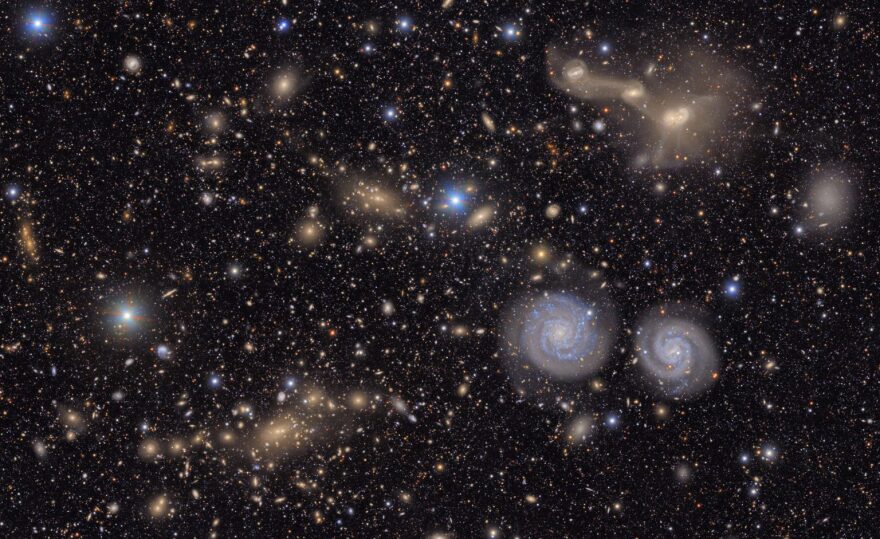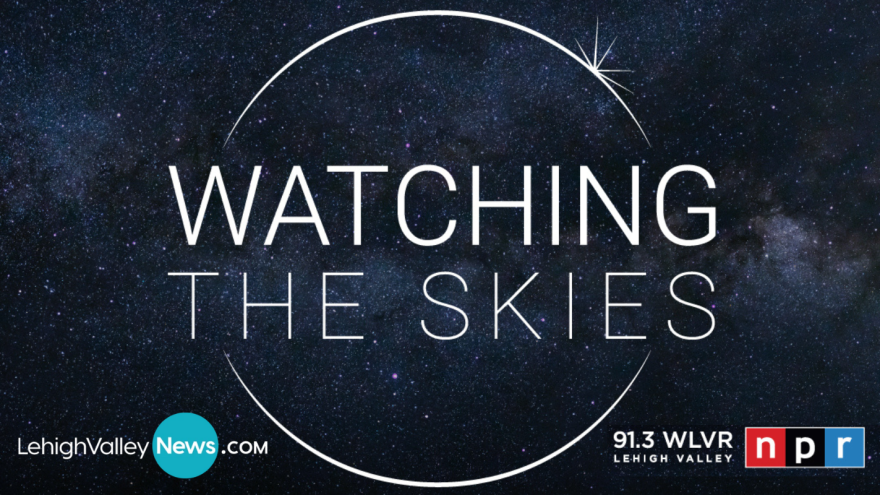BETHLEHEM, Pa. — Brad Klein reviews upcoming astronomical highlights with Bethlehem’s "Backyard Astronomy Guy," Marty McGuire.
This week, they discuss the new Vera C. Rubin Observatory.
Created by the U.S. Department of Energy and the National Science Foundation, it’s expected to be a game-changer in how scientists view the cosmos.
More than 20 years in the making, the digital telescope, located atop a mountain in Chile, will create the biggest catalog of celestial objects in the history of astronomy. Rather than taking ultra-detailed photos of a single planet, star or galaxy, the new instrument will essentially survey the entire southern sky every few days, for years at a time.
Some experts have characterized this moment as a shift from astro-photography, to data-mining a vast time-lapse image of the sky. The process has already identified thousands of new objects in space.

“It’s doing this with the largest digital camera ever built for astronomy, which is the size of a small car and 6,800 pounds,” McGuire said.
One of the first images widely distributed from the observatory is of the Virgo cluster, which includes over 1,000 galaxies, and lies about 65-million light years from our own Milky Way.
Next week: an introduction to the astronomer who gives her name to this powerful new window on the universe, the late Vera C. Rubin.



